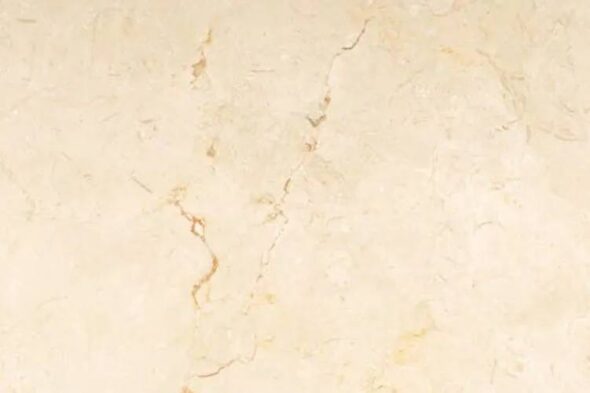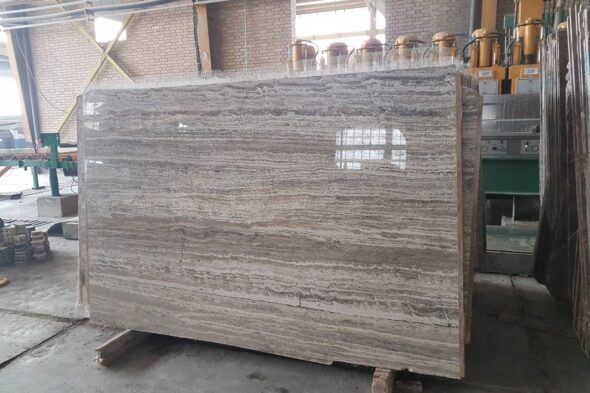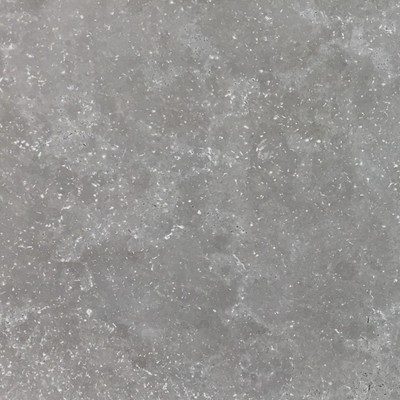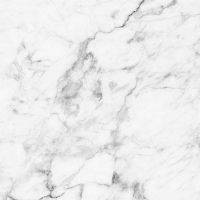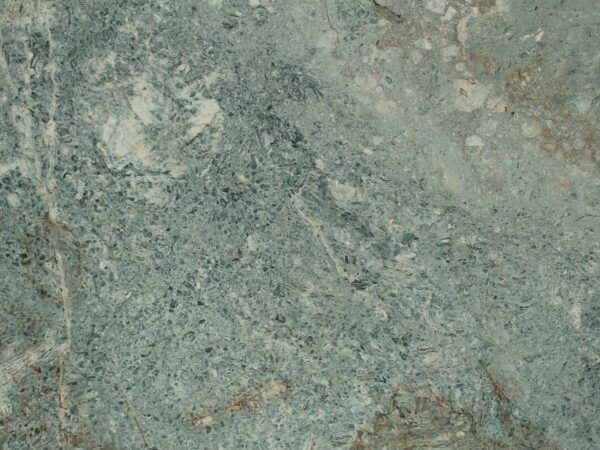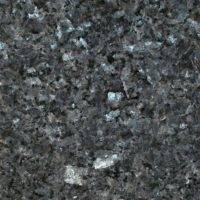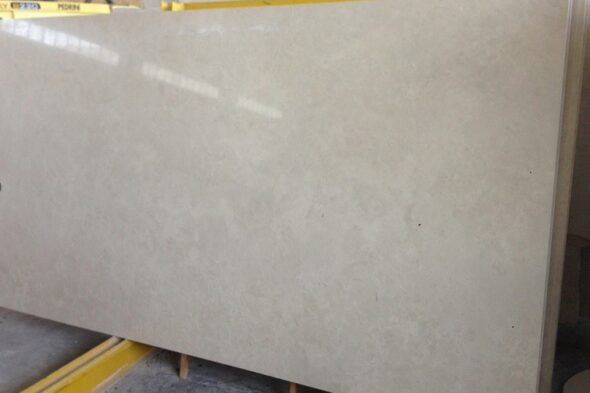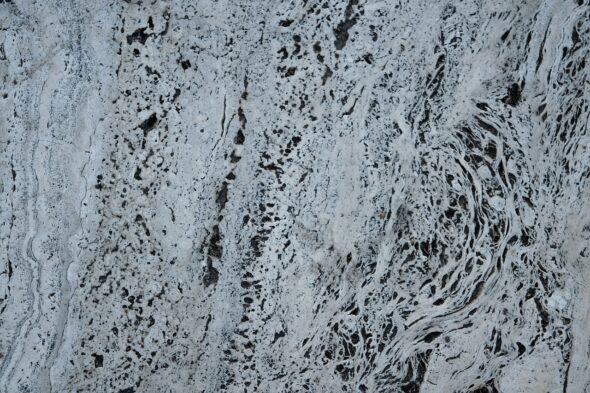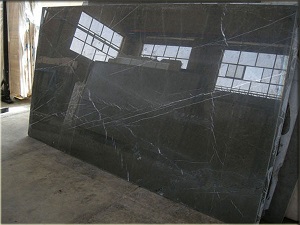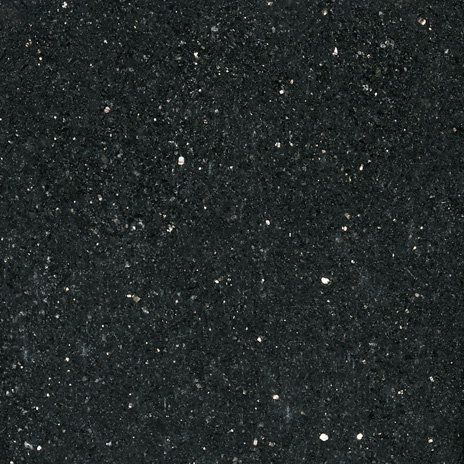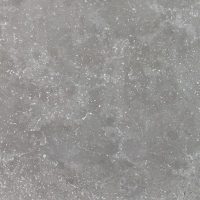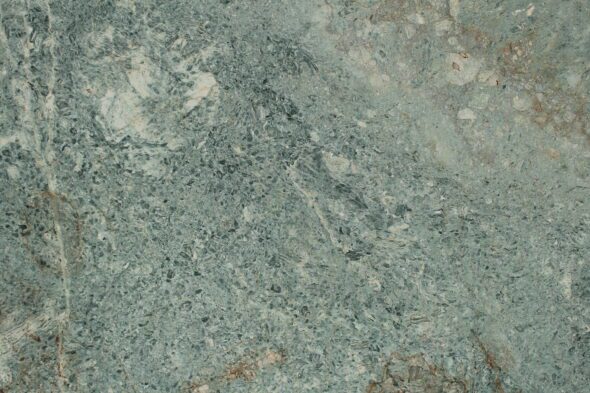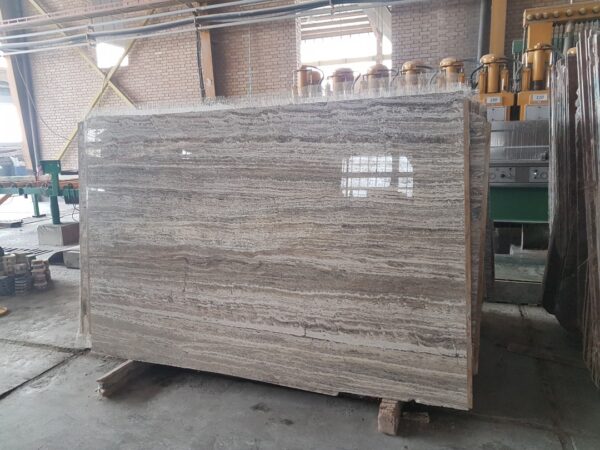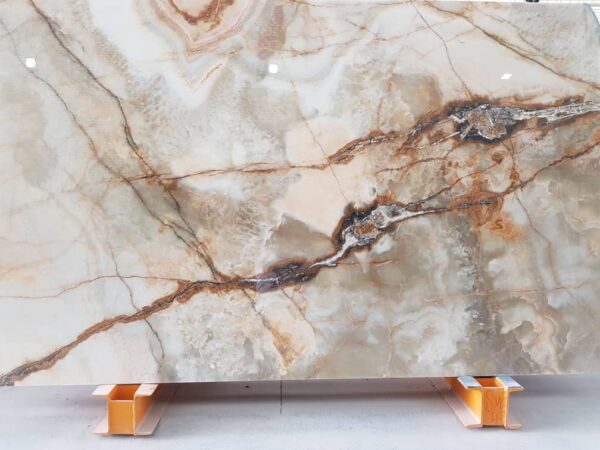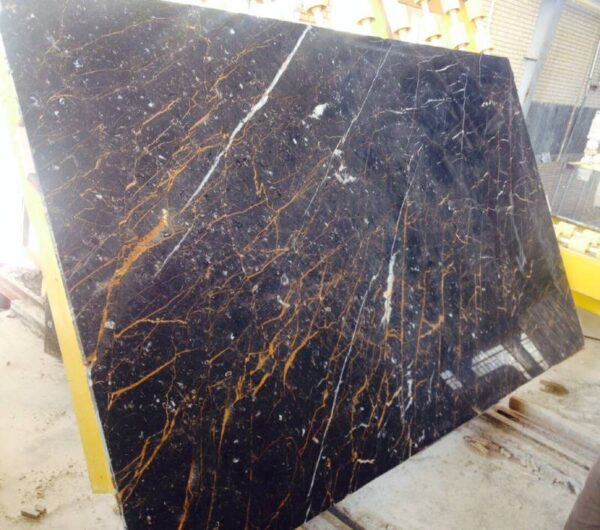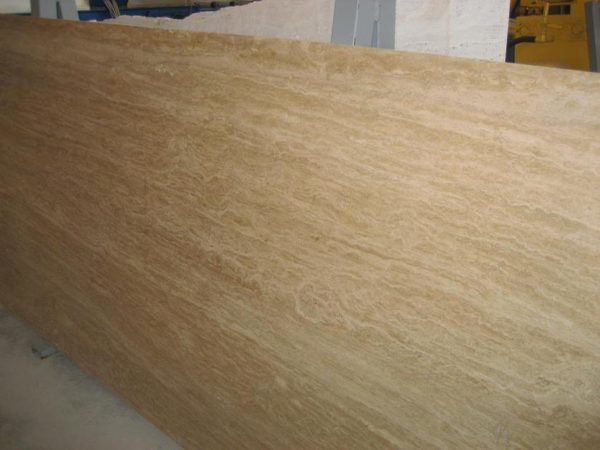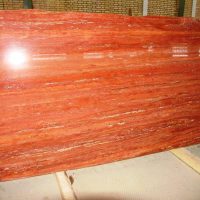A Comprehensive Guide
In 2024, the construction industry in Eastern Europe is booming, and natural stones continue to play a pivotal role in the region’s architectural development. From residential homes to commercial projects, these stones are highly valued for their durability, aesthetic appeal, and versatility. In this article, we’ll explore the most demanded stones in Eastern Europe and why they are so popular among builders, designers, and architects.
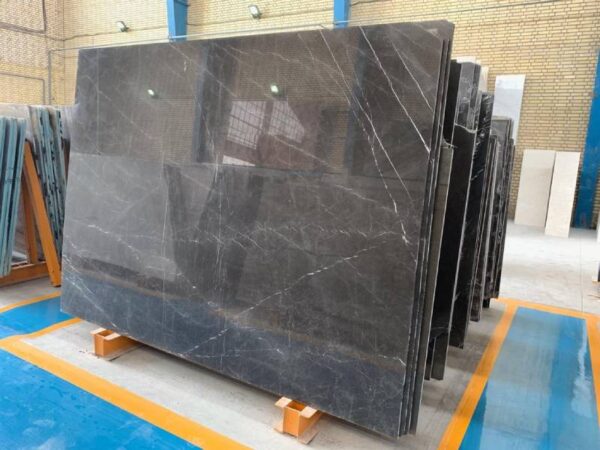

1. Granite: The Ultimate Stone for Strength and Durability
Granite is one of the most demanded stones across Eastern Europe, particularly due to its exceptional durability and versatile uses. It’s widely used in both residential and commercial projects, including flooring, countertops, facades, and monuments. The resistance of granite to weathering and staining makes it ideal for outdoor applications in areas with varying climates, such as Poland, Romania, and Hungary.
Why Granite is So Popular in Eastern Europe:
- Extremely durable and resistant to scratches and stains.
- Available in a range of colors, from classic blacks to vibrant reds and whites.
- Ideal for high-traffic areas and long-lasting exterior features.
Popular Granite Varieties in Eastern Europe:
- Polish Black Granite
- Romanian Red Granite
- Hungarian Grey Granite
2. Marble: A Luxurious Choice for High-End Projects
Marble continues to be a popular choice for luxury projects across Eastern Europe. Its timeless beauty and elegant appearance make it a favorite for premium residential and commercial developments. Marble is often used for flooring, countertops, walls, and decorative features such as columns and sculptures. Countries like Italy (nearby), Greece, and Bulgaria are major suppliers of marble to the Eastern European market.
Why Marble Remains in High Demand:
- Adds a sense of luxury and elegance to any space.
- Commonly used in high-end residential, commercial, and hospitality projects.
- Available in a variety of colors and distinctive veining patterns.
Popular Marble Varieties in Eastern Europe:
- Bulgarian White Marble
- Italian Carrara Marble
- Greek Calacatta Marble
3. Limestone: Affordable and Versatile for Multiple Uses
Limestone is highly demanded in Eastern Europe for its affordability, versatility, and aesthetic appeal. It is widely used in both interior and exterior applications, including facades, paving, and landscaping. The neutral tones of limestone, along with its smooth texture, make it an ideal material for both modern and traditional designs. In countries like the Czech Republic, Slovakia, and Poland, limestone is a key building material in various projects.
Why Limestone is So Popular:
- Economical compared to premium stones like marble and granite.
- Available in light, neutral colors that blend well with various architectural styles.
- Great for landscaping, walkways, and exterior cladding.
Popular Limestone Varieties in Eastern Europe:
- Czech Beige Limestone
- Polish Limestone
- Romanian White Limestone
4. Travertine: Ideal for Outdoor and Landscaping Projects
Travertine has become one of the most popular stones for outdoor projects in Eastern Europe, especially for landscaping and paving. Its natural texture, slip resistance, and warm tones make it ideal for pool areas, patios, and garden walkways. Countries like Turkey, Italy, and Greece supply much of the travertine used in Eastern European projects, due to their proximity and abundant resources.
Why Travertine is in Demand:
- Slip-resistant and perfect for outdoor use, such as patios and pool decks.
- Affordable compared to other luxury stones like marble.
- Adds a rustic, timeless appeal to any outdoor space.
Popular Travertine Varieties in Eastern Europe:
- Turkish Travertine
- Italian Noce Travertine
- Greek Ivory Travertine
5. Sandstone: Durable and Cost-Effective for Construction
Sandstone is another stone in high demand in Eastern Europe, especially for both residential and commercial projects. Its durability and cost-effectiveness make it a preferred material for outdoor use, such as paving, landscaping, and building facades. Sandstone’s rich, earthy colors and textures are perfect for creating natural-looking structures and landscaping designs that blend seamlessly with the environment.
Why Sandstone is Popular in Eastern Europe:
- Durable and weather-resistant, making it perfect for outdoor environments.
- More affordable compared to other natural stones.
- Available in a wide variety of warm, earthy colors.
Popular Sandstone Varieties in Eastern Europe:
- Czech Sandstone
- Polish Sandstone
- Romanian Sandstone
https://www.rockstone.biz/biggest-stone-pr…ers-in-the-world/

